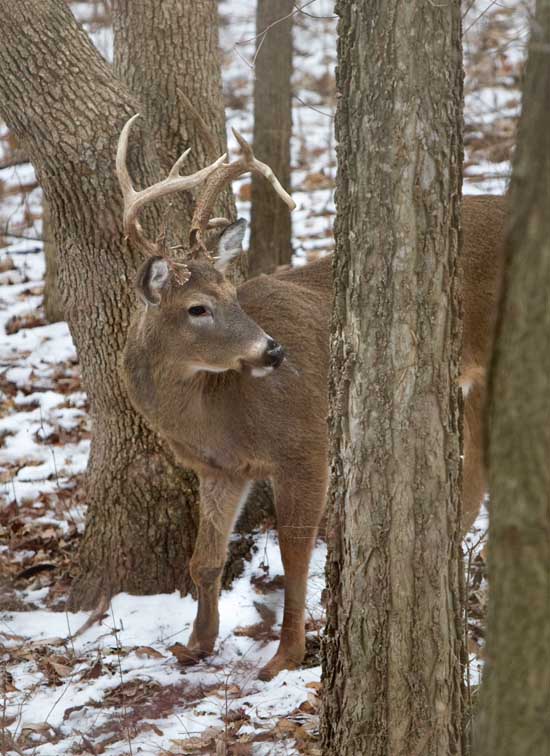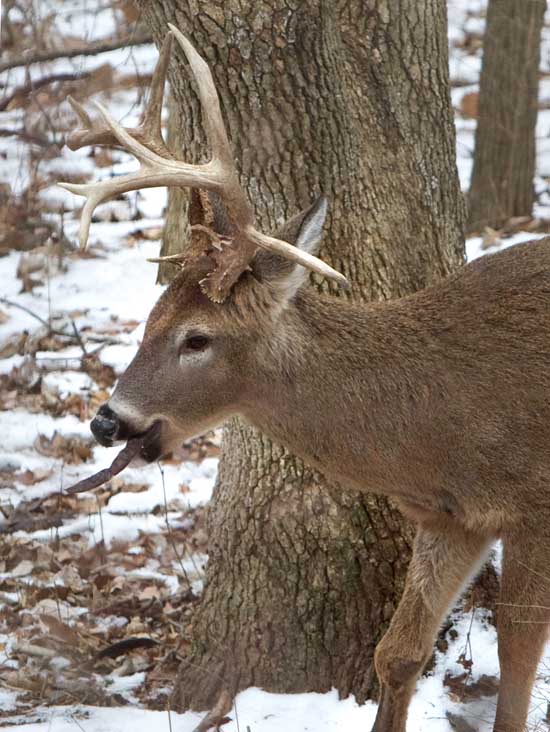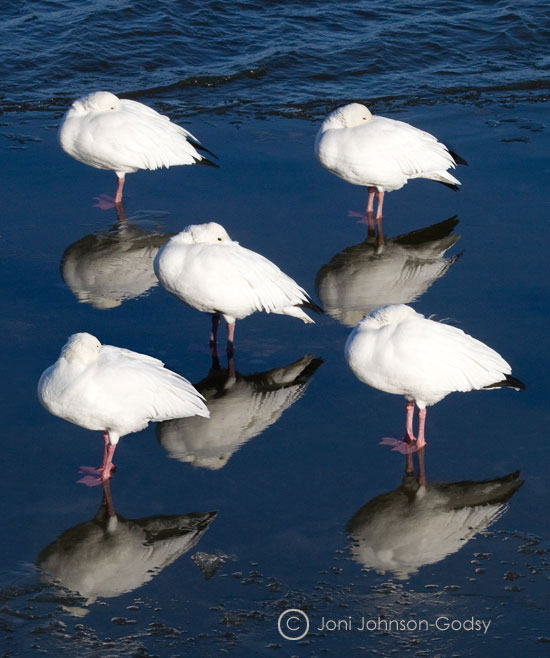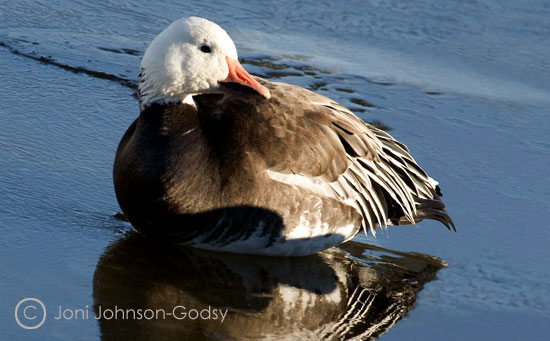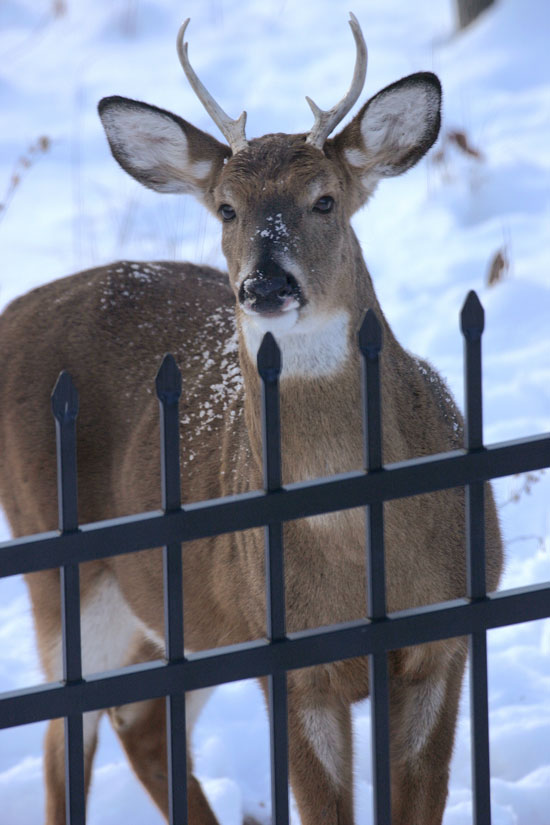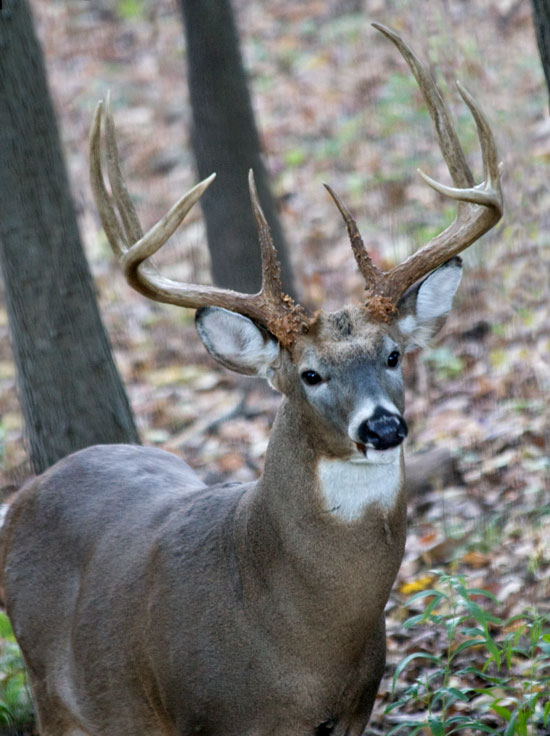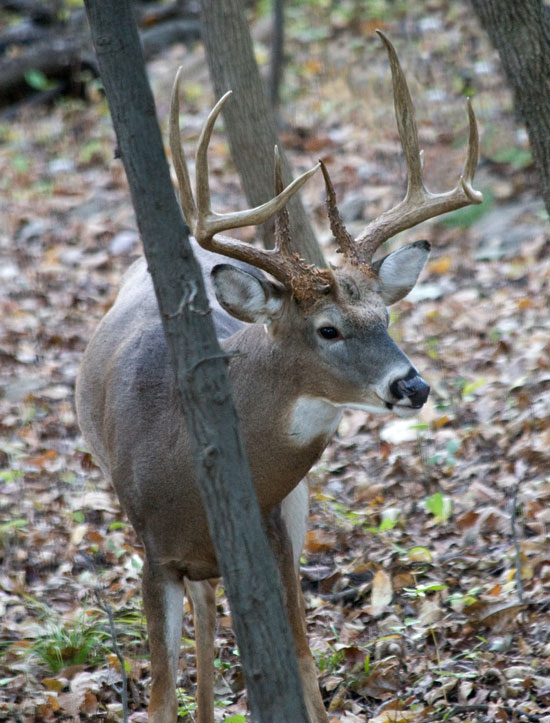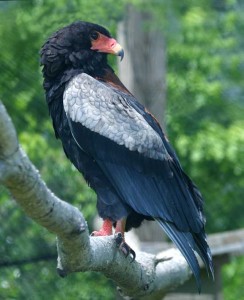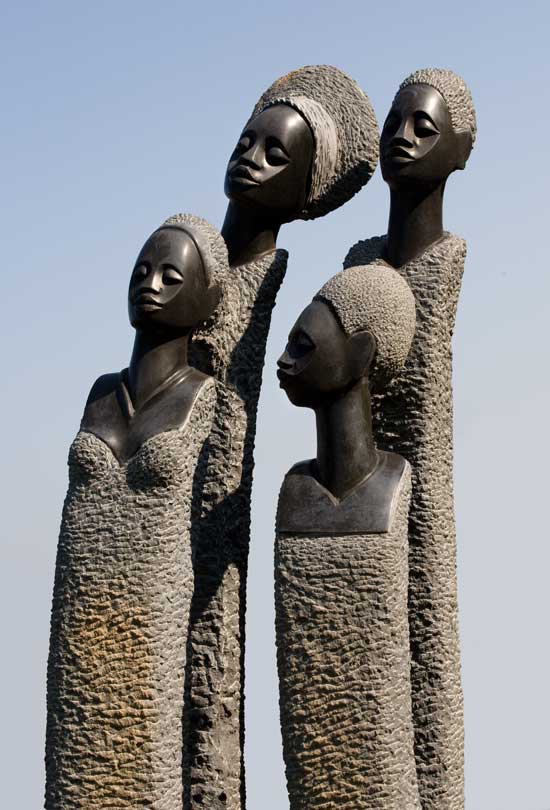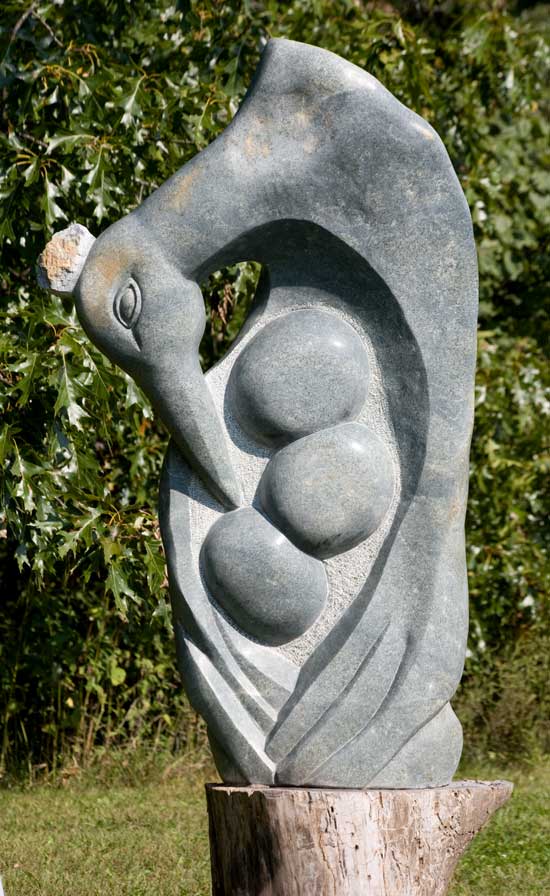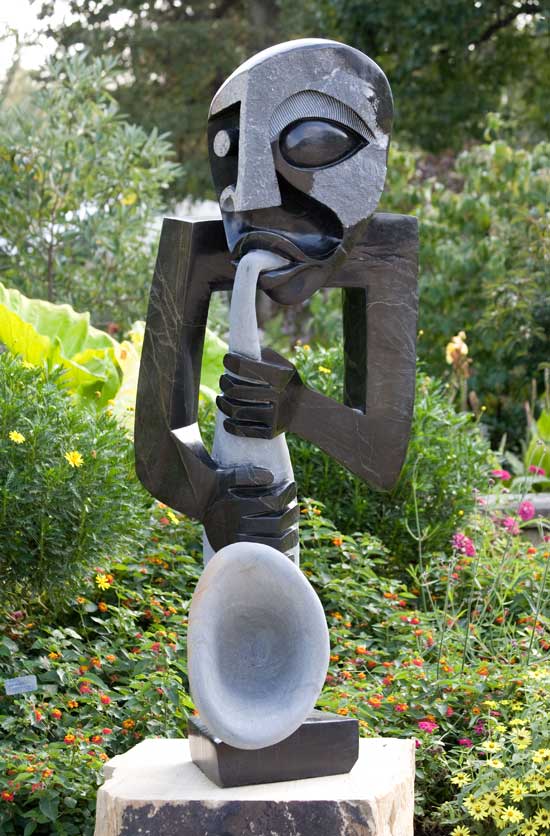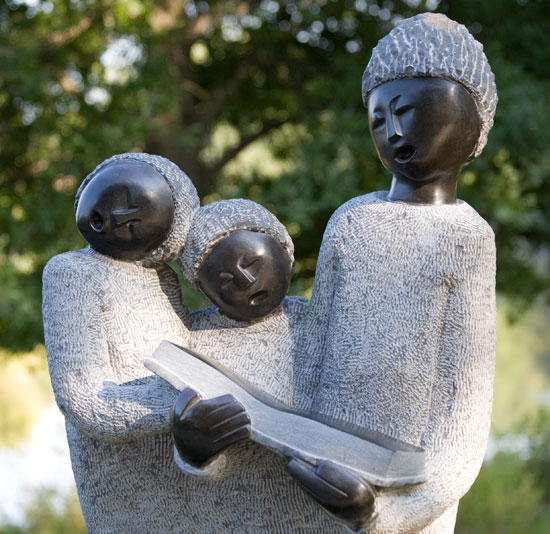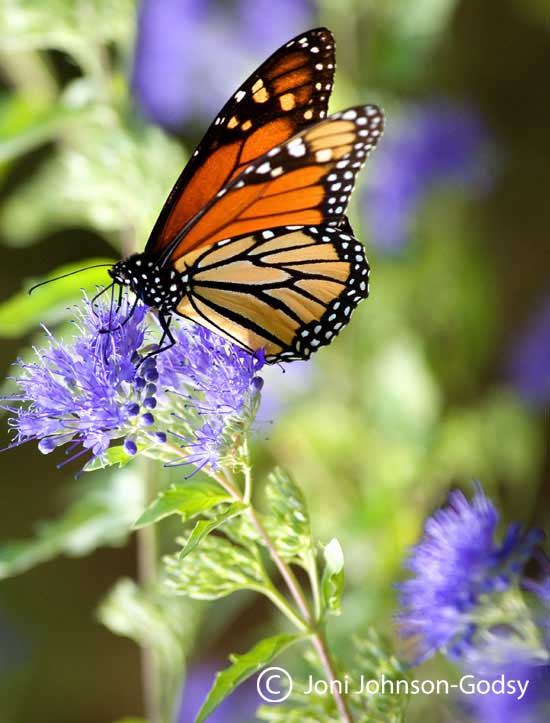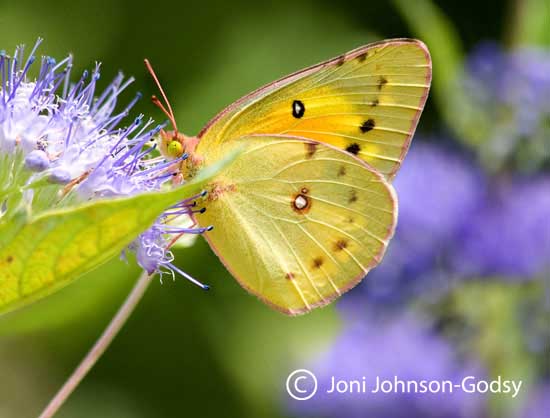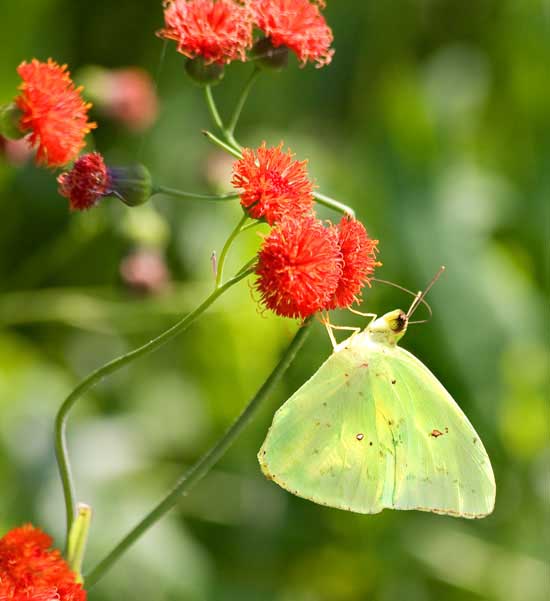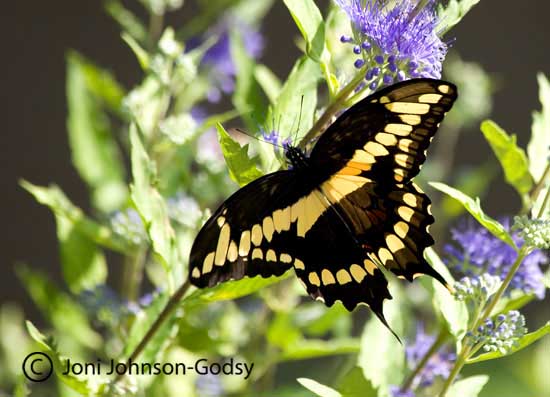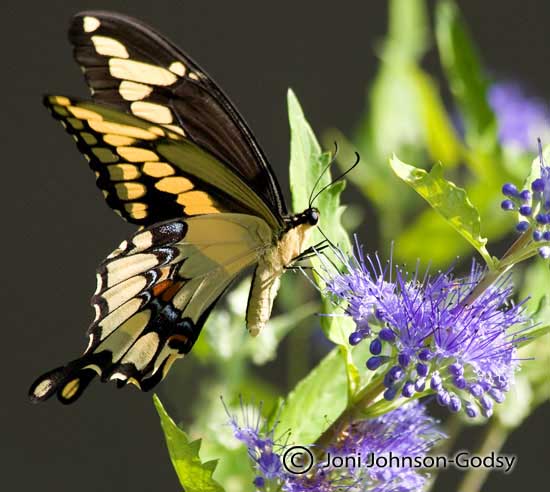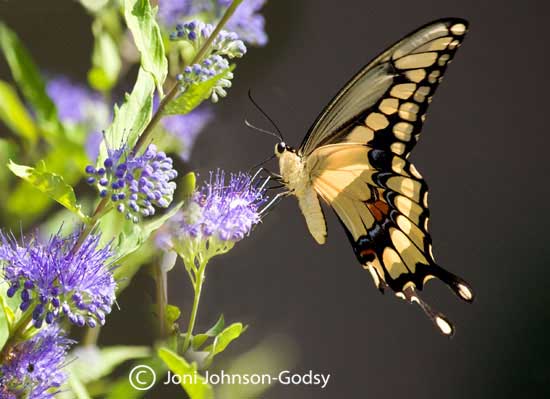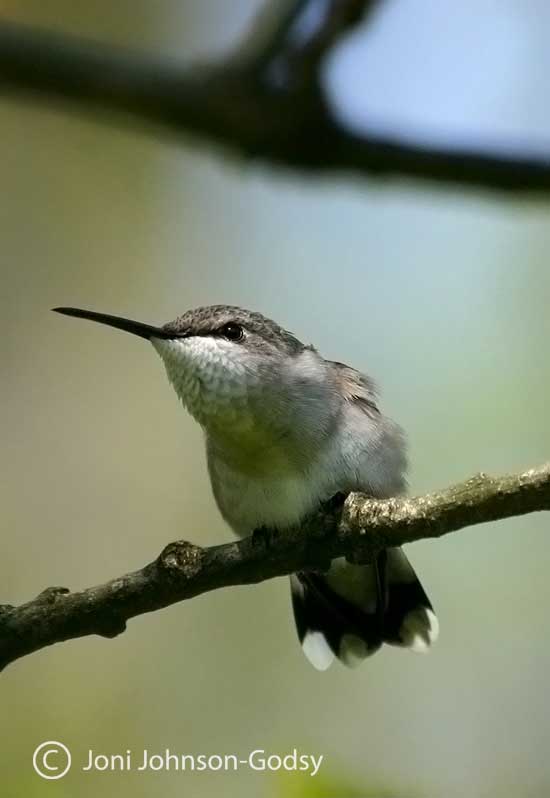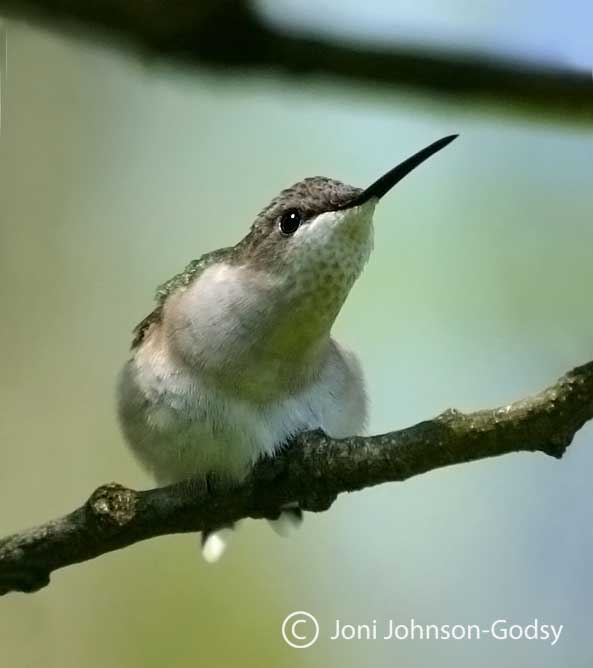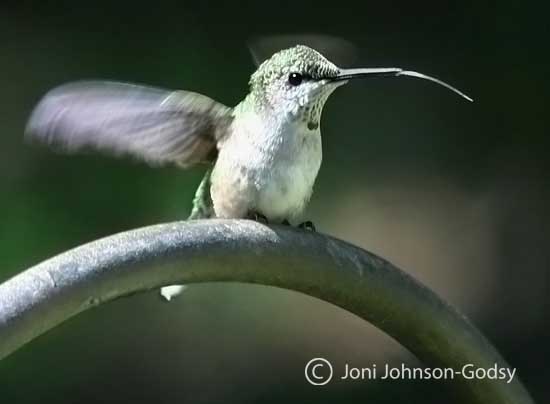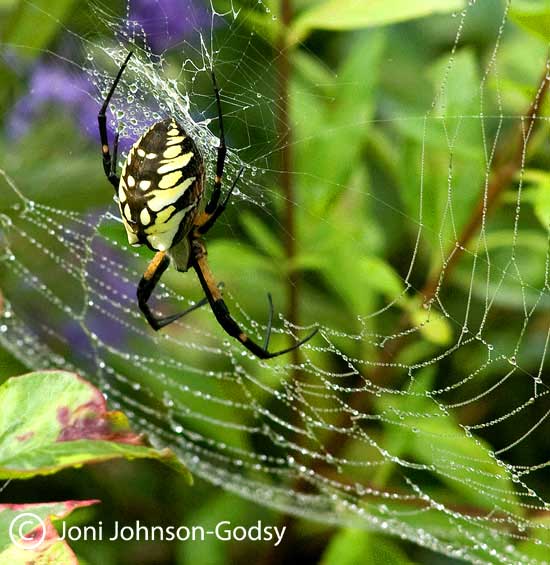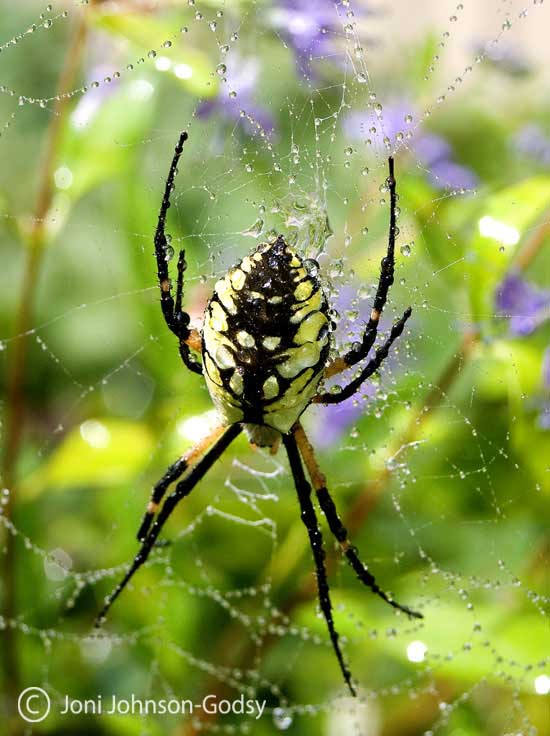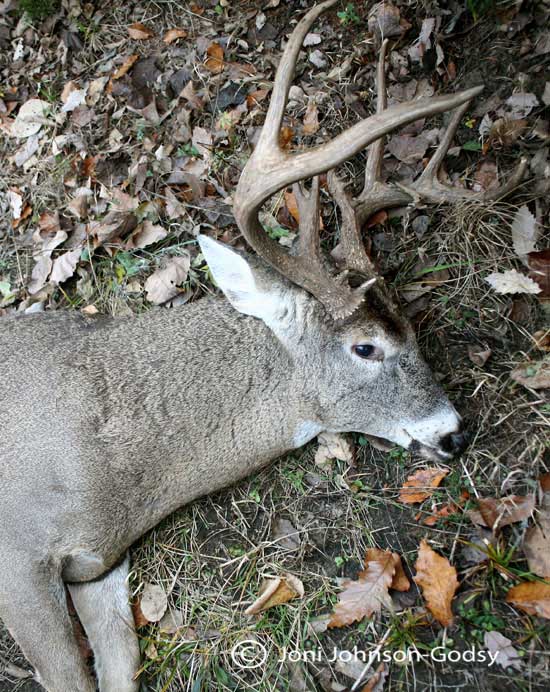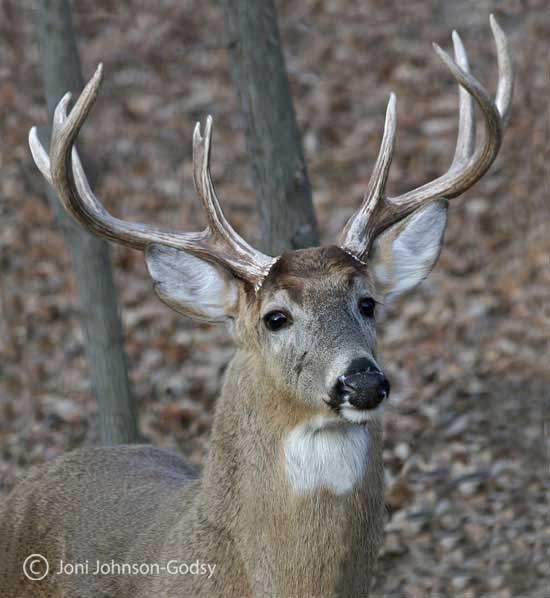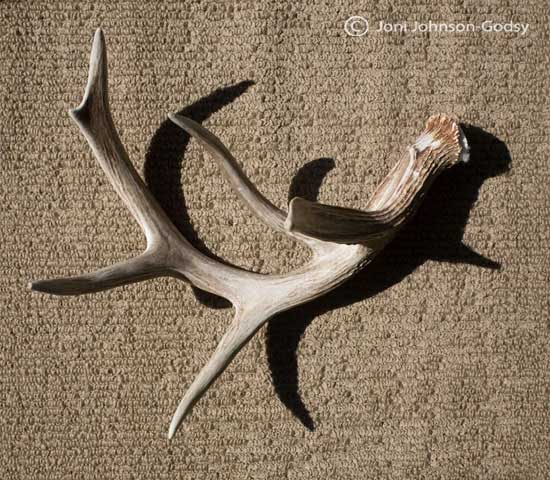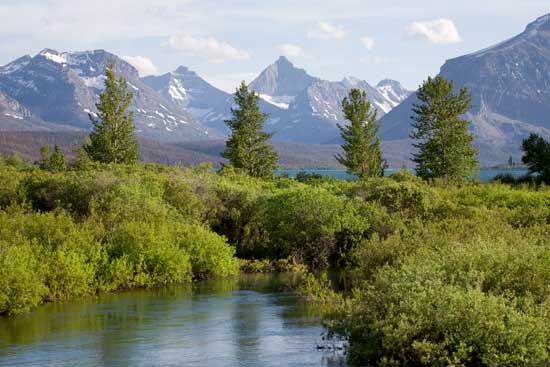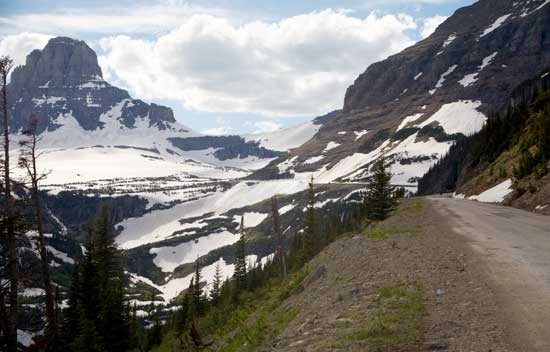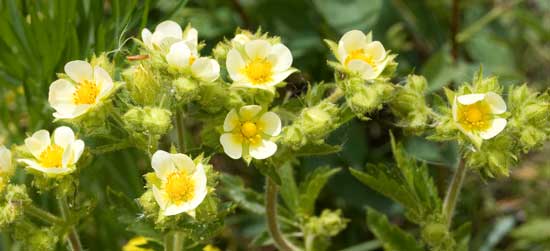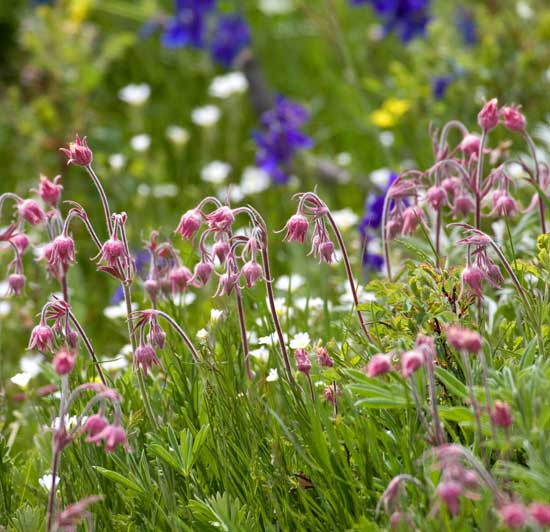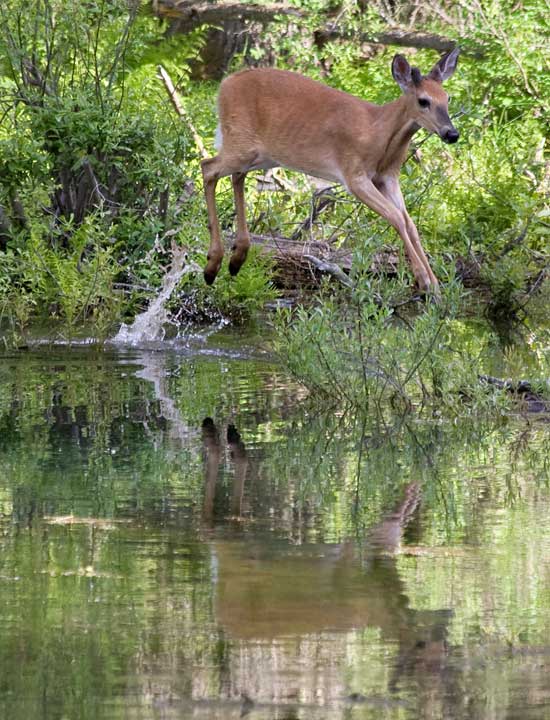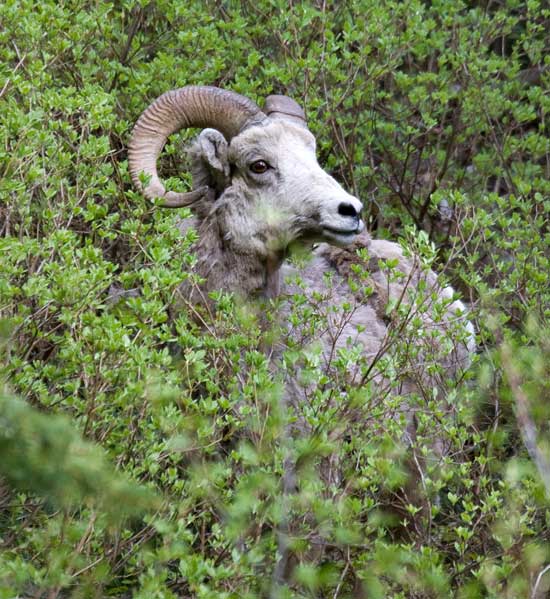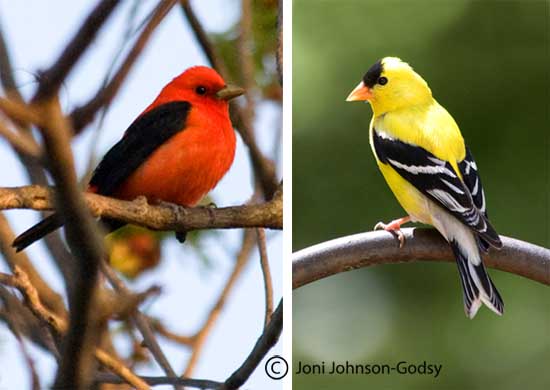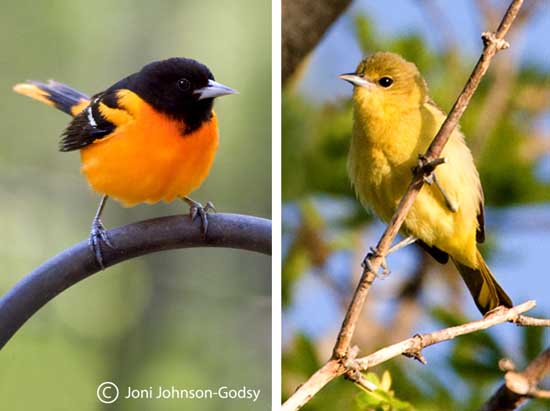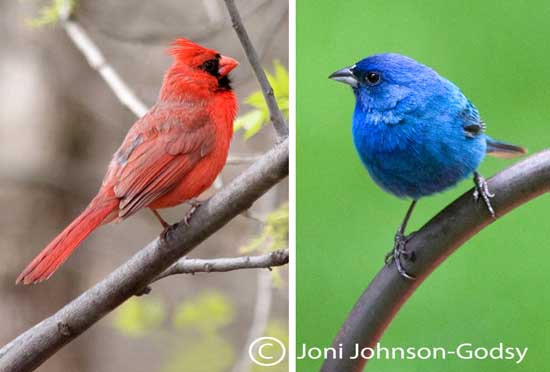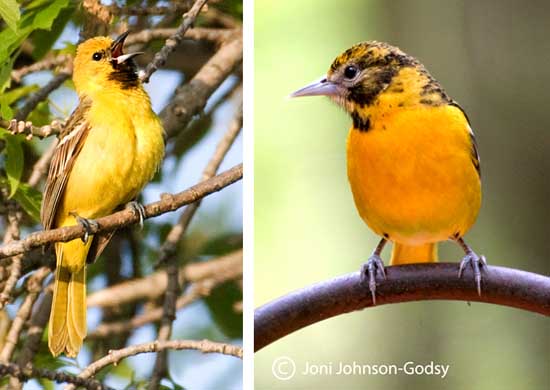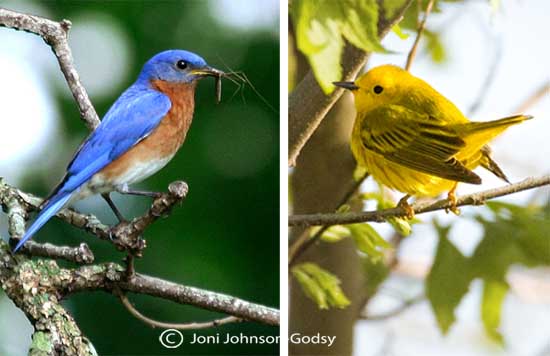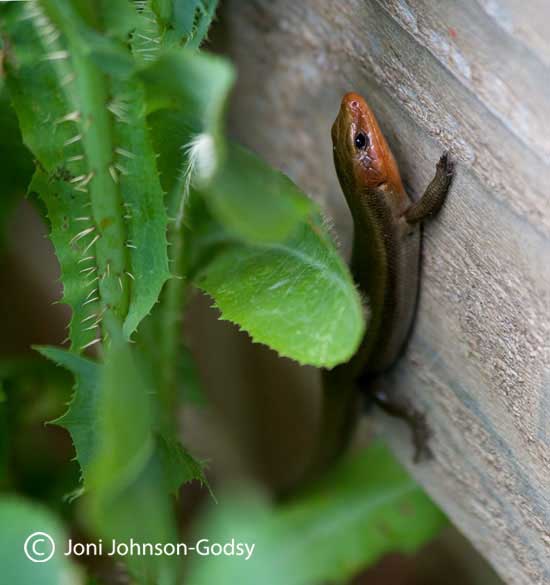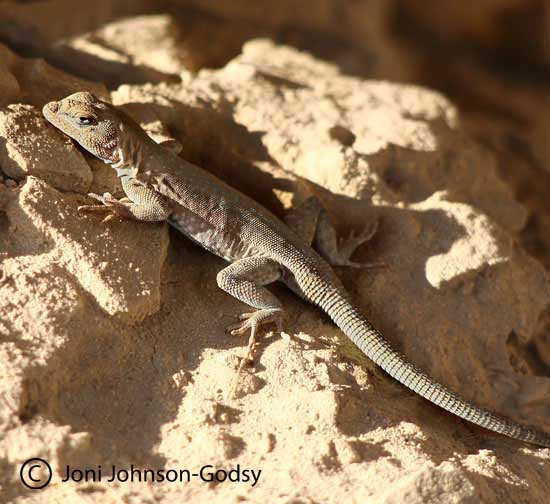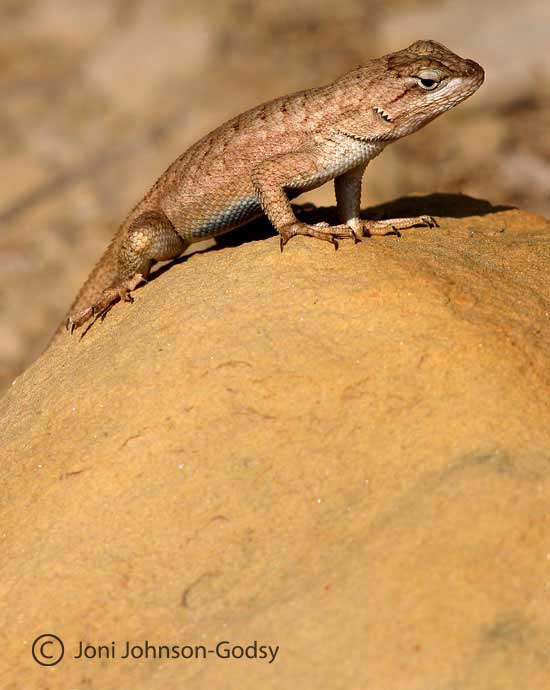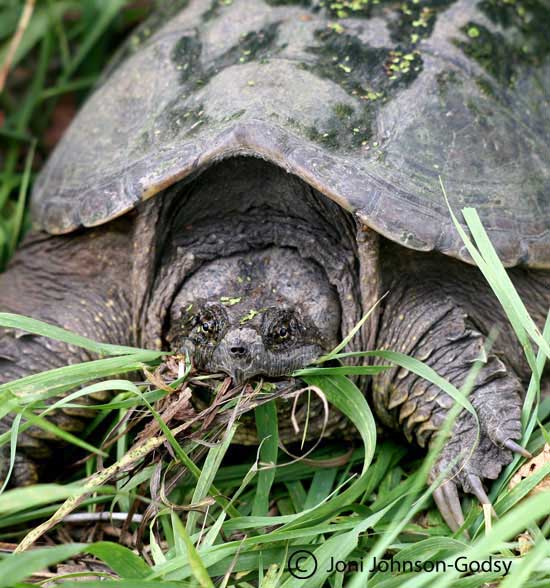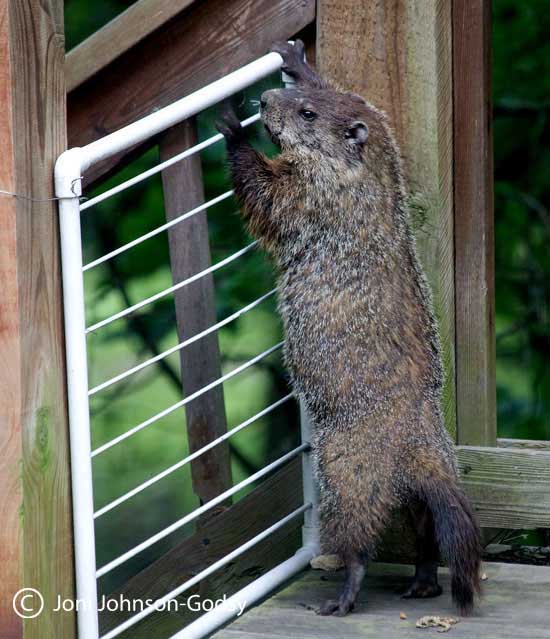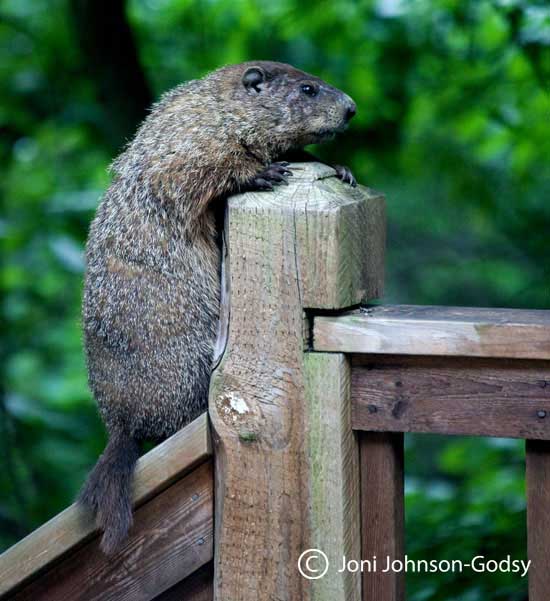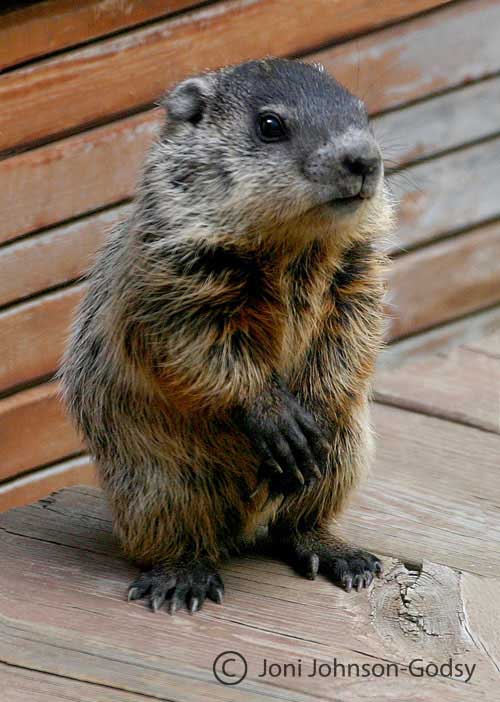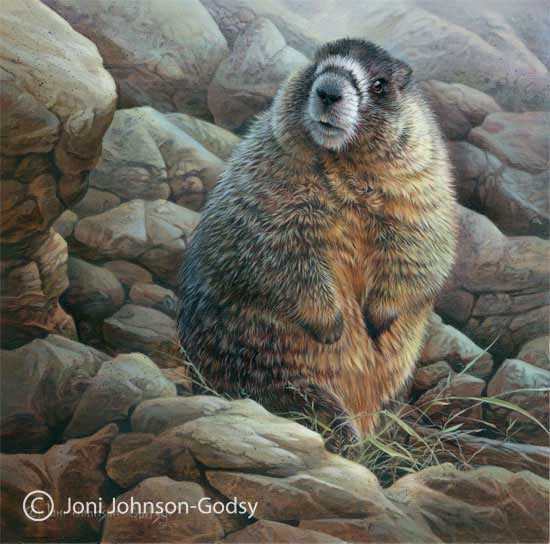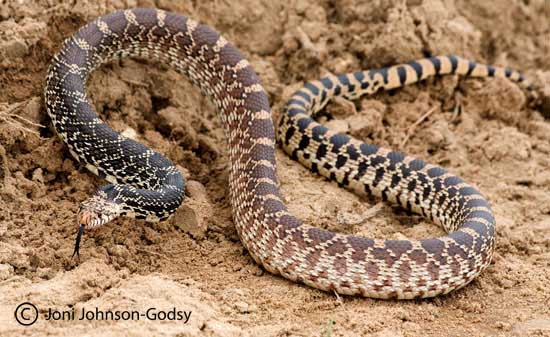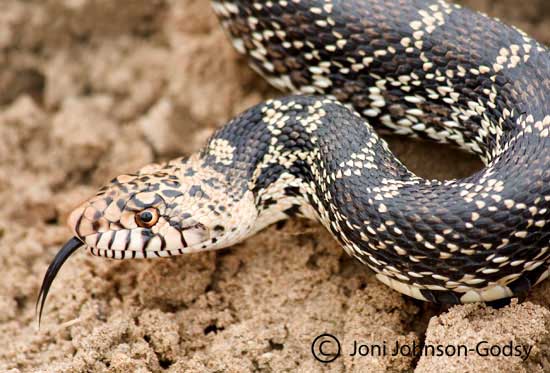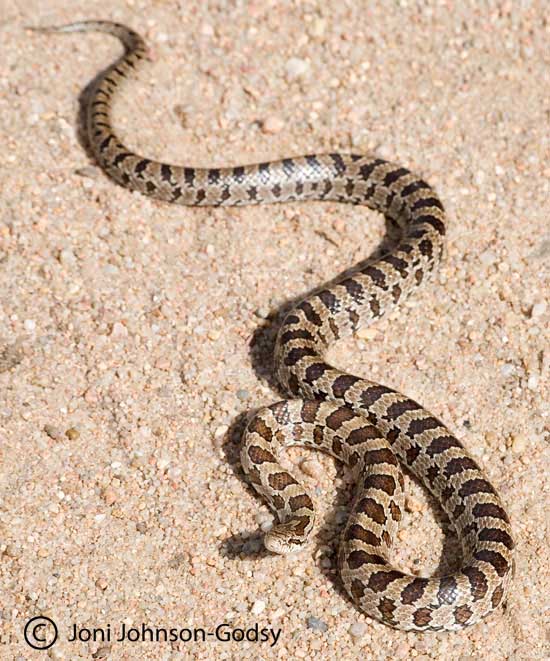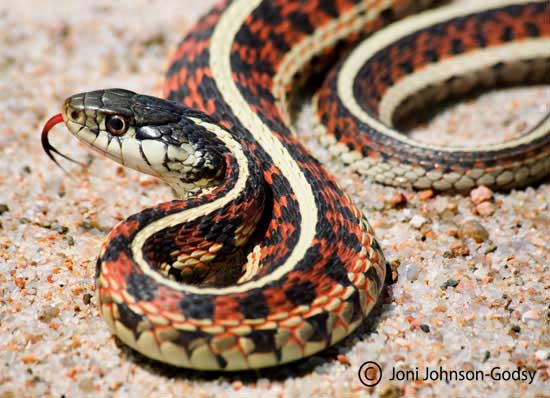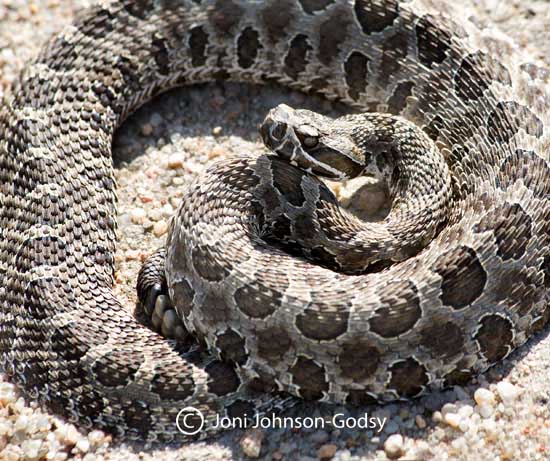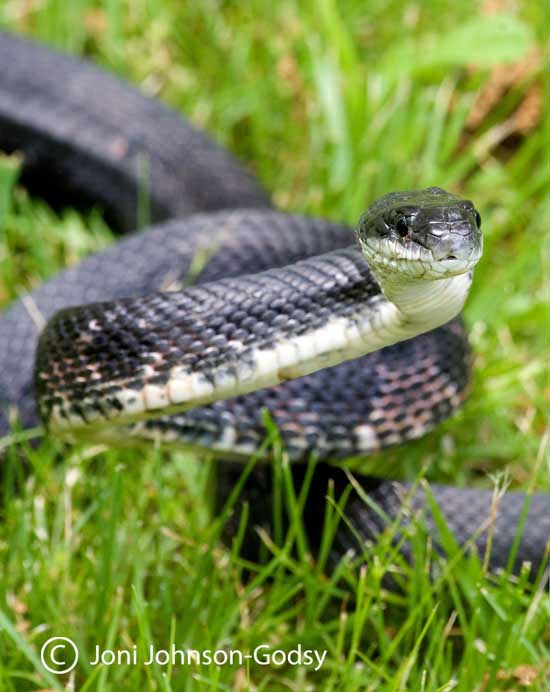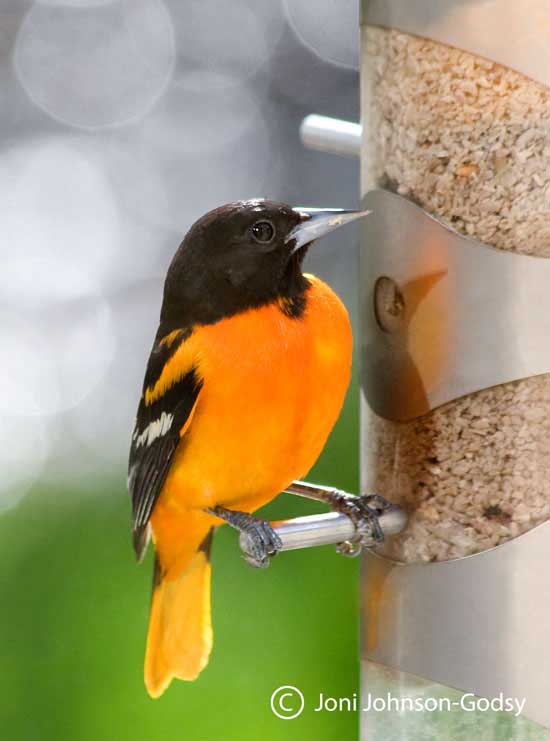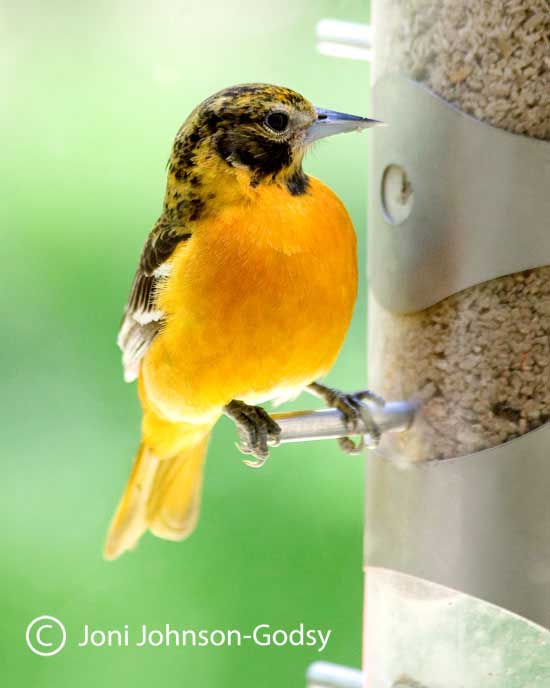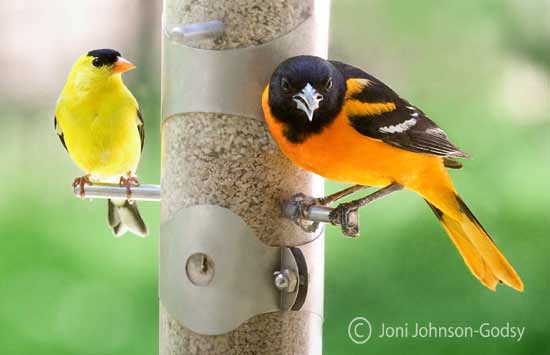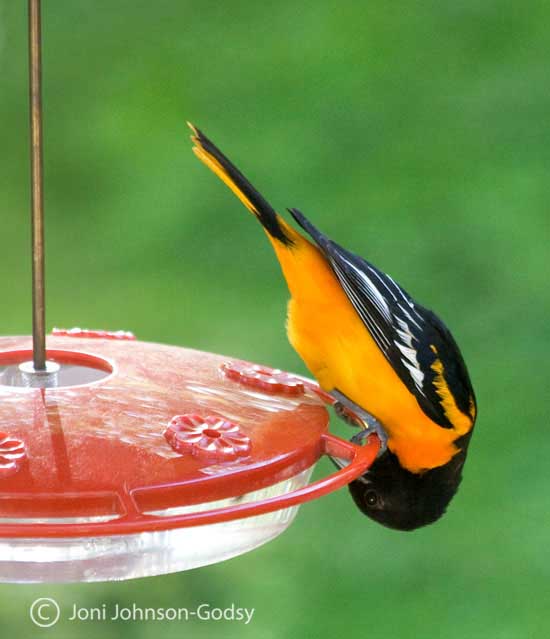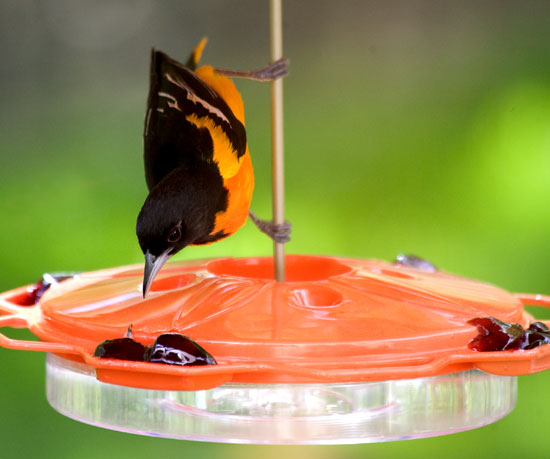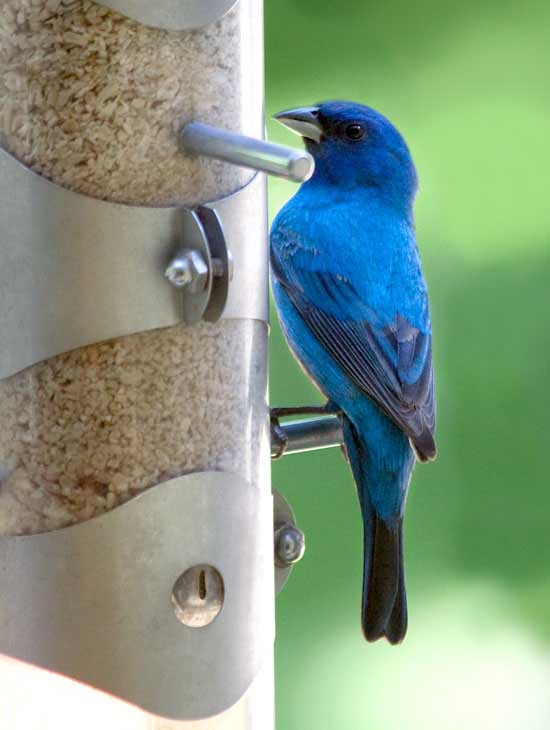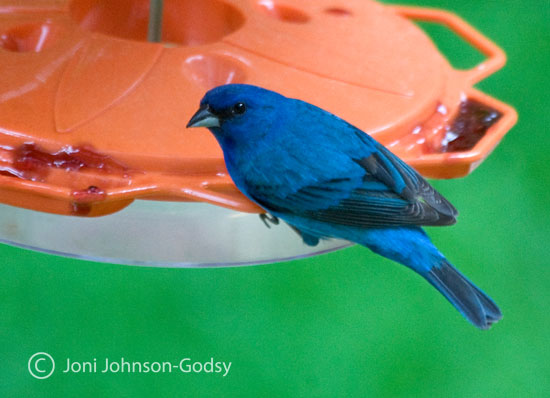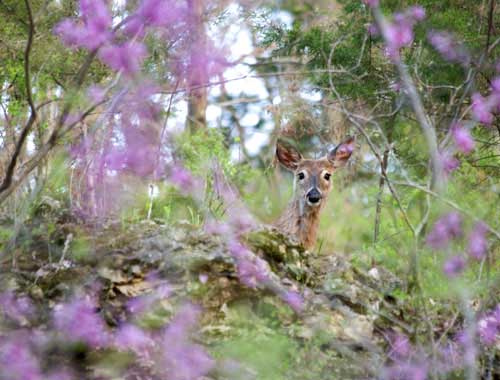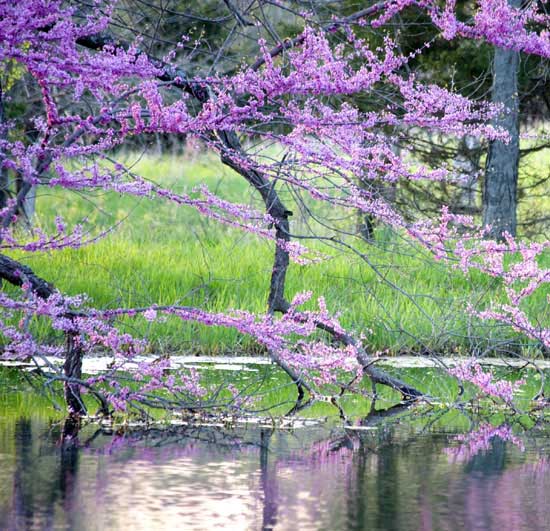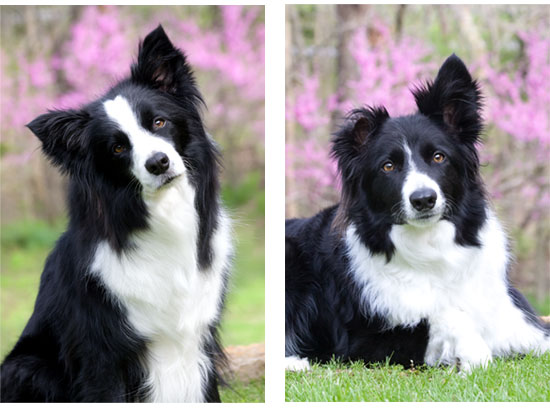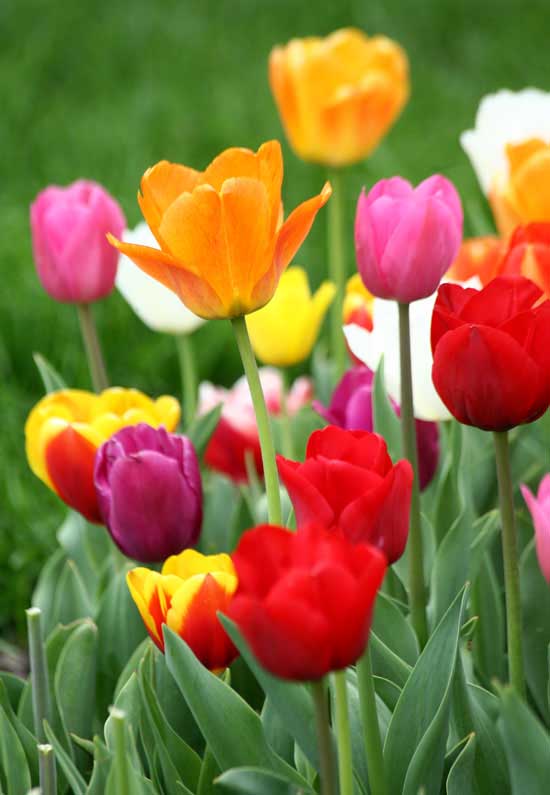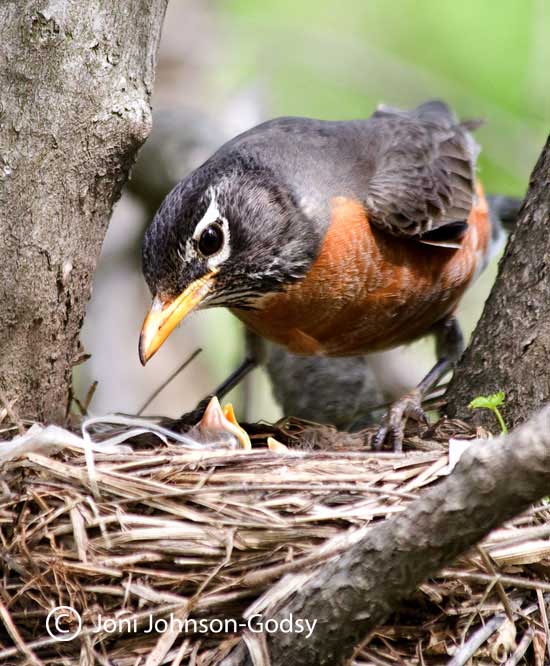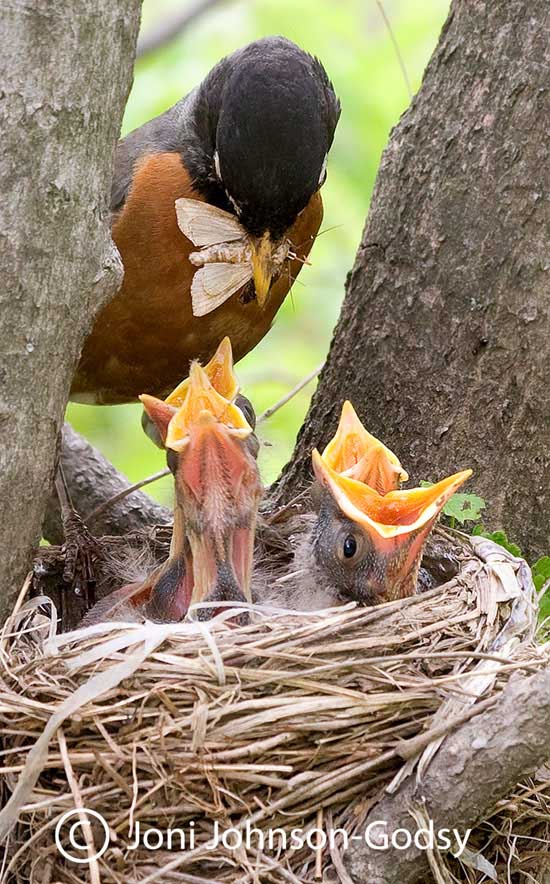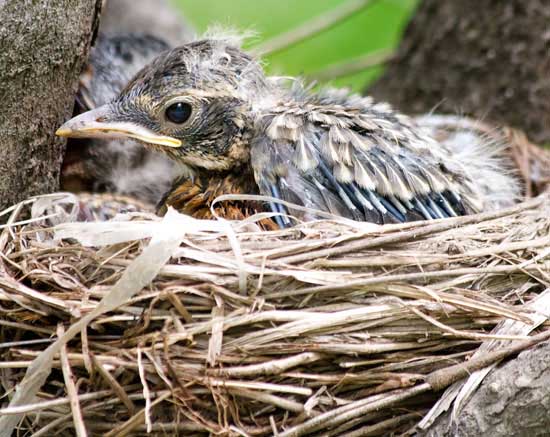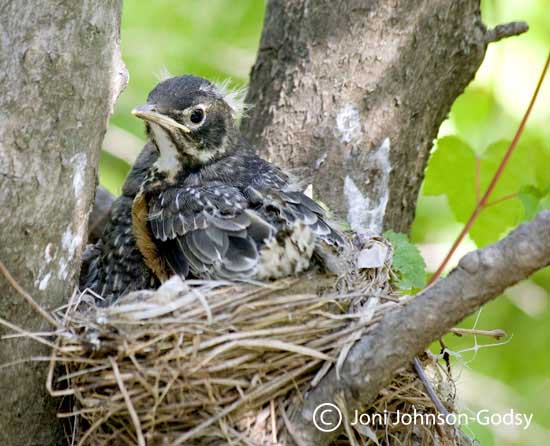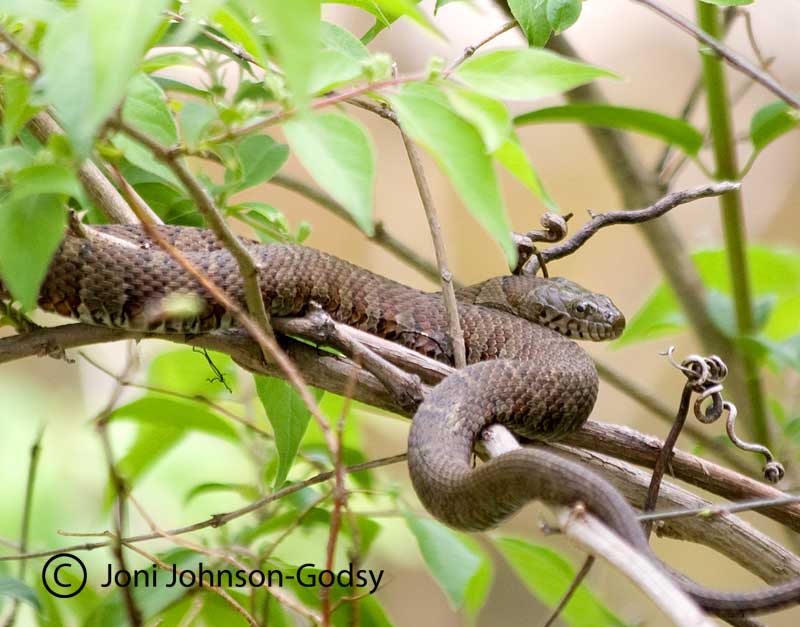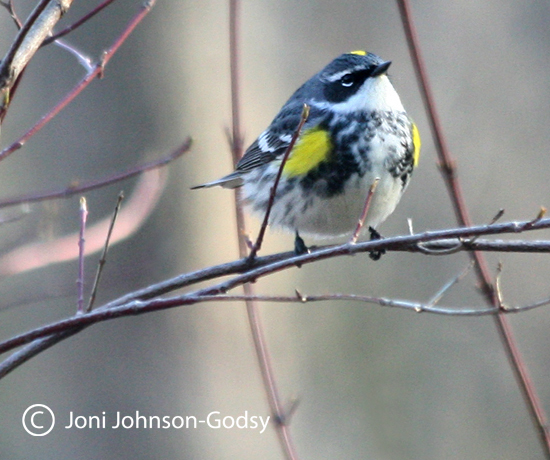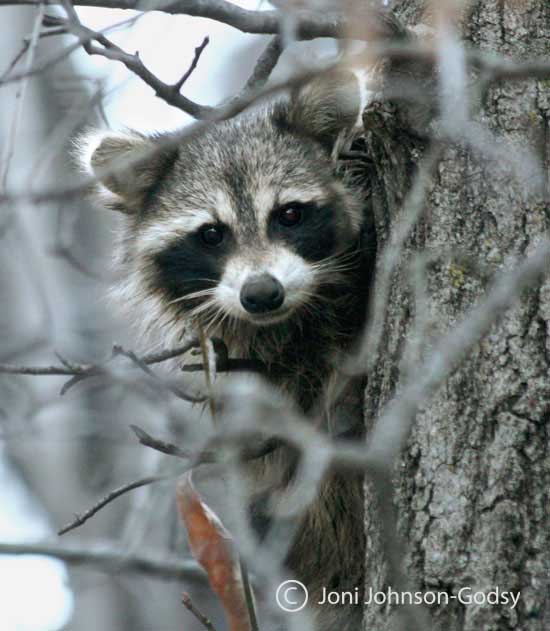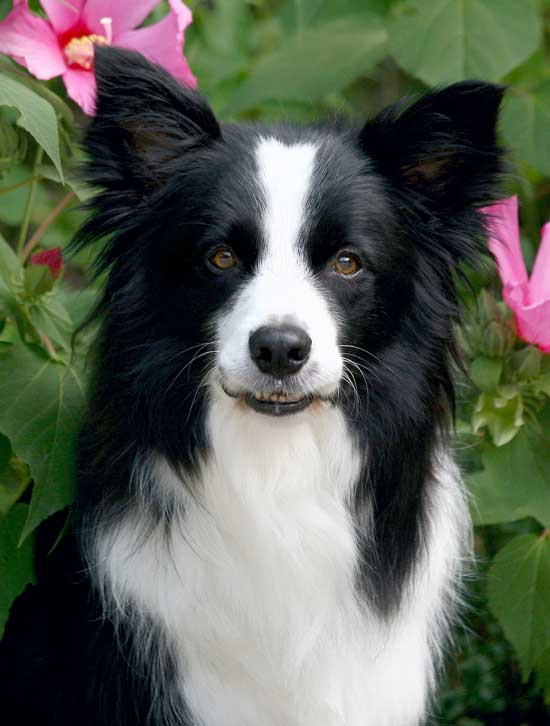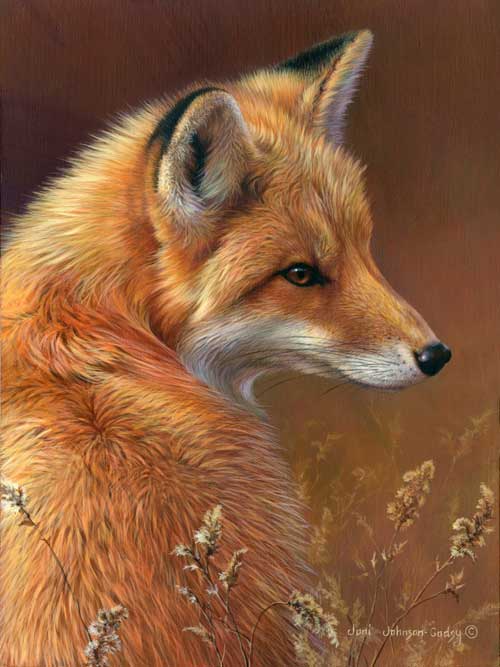It is nearly impossible for me to convey my amazement in nature with mere words. Just when I think I’ve seen about anything a person could see, a new miracle comes along and shows me how little I really know…
Two winters ago while taking a break at lunch time one day, I looked out the window of or our hearth room and noticed a strange sight. A good sized white tail buck had wandered haplessly into view. He emerged from the dense woods, lumbering awkwardly forward like a strange creature from a monster movie. His large head and shoulders lurched upward and downward in a dramatic unnatural fashion. As he came closer, I could see blood running down his right front leg, which had been snapped at the knee and now stuck out sideways in a grotesque, demented direction. The flesh on different parts of his body had been torn open, creating great oozing wounds. Closer inspection of him as he came ever closer revealed a broken jaw and fractured rear leg just below the stifle. His eyes were shockish. He had just been hit by a car, perhaps earlier that very morning.
I didn’t know this buck until that day. He came right up to the house as they often do and loitered around, trying to find the courage to move along on his way. Finally he lumbered off in that jerky monstrous walk, crossed the little dead end road in front of our house, actually jumped our neighbor’s wooden fence (on three legs) and drifted off into a dense stand of cedars. I was sure that he was doomed. Poor fellow…
How little I know.
The unfortunate broken buck not only did return to eat the acorns under our burr oak tree, but he became a regular here that winter. Slowly, the bloody wounds began to heal. But the broken bones of course remained broken and healed in strange unnatural positions. It was always easy to recognize him even from a distance. No one else moved in such an awkward fashion.
As the warm season came, my husband and I felt certain that infection would set in and Brave Heart (a name well earned) would not live for much longer. Again, how little I know. Sure enough when the next December came, Brave Heart came with it as if blown in on a cold westerly breeze. We could hardly believe our eyes. Once again he was a regular sight out our windows all through the winter.
Another warm season came and went. Our deer become nearly invisible as the lush greenery fills in the woods and some of the bucks relocate for the season. With Autumn and winter comes better visibility. Sure enough it is December and today on cue, like an actor showing up with script in hand for his first scene of the season, Brave Heart appeared in our woods once again. He can hardly walk, as the right front leg has become a useless appendage that seems to be more in the way than anything else. But here he is…our unsinkable and brave spirited man. He looks better this year than in the past, as the heavy rains have brought abundant food. For an animal with limited mobility, this is an important factor in their survival.
(Below) A look at Brave Heart through our living room window. He is in good weight this year.
Injuries cause unusual antler growth, usually on the side opposite the injury. Because Brave Heart had sustained injuries on both sides of his body, his antlers are almost freakish, with tines sticking out in all directions. Here he enjoys the seed pods from a locust tree (we refer to them as “banana skins”). In this photo his broken lower jaw is evident. Because the break is in front of the back grinding teeth, he is still able to chew, which is how he has survived all this time.
Because of the massive damage to Brave Heart’s body, he is socially repressed by all of the other deer in the area. This may force his testosterone levels to be lower than other bucks. Each winter Brave Heart is always the first to loose his antlers. In fact, they drop long before the other bucks, even the young ones. Below he is ambling through the woods towards the house. His broken front leg is obvious from this angle.
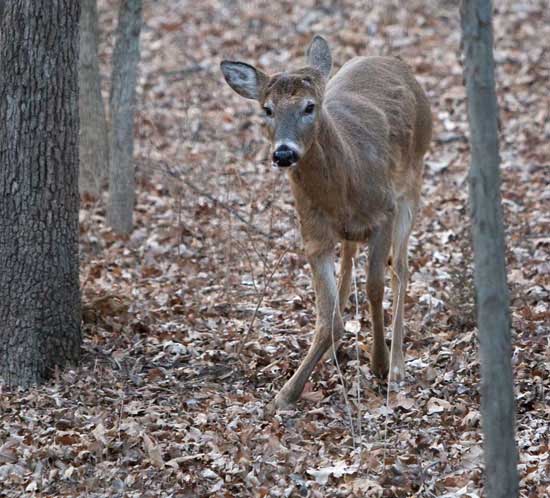
Where Brave Heart goes when the warm breezes of spring arrive is anyone’s guess. White tail deer have a way of emerging from seemingly nowhere and then vaporizing into thin air as a mode of transit. This simply fascinates me about them.
It is impossible not to admire such a creature for his infallible will to live. Indeed, Brave Heart has survived through yet another year. I’m happy to say… “HOW LITTLE I KNOW“…
Welcome back, brave fellow…

